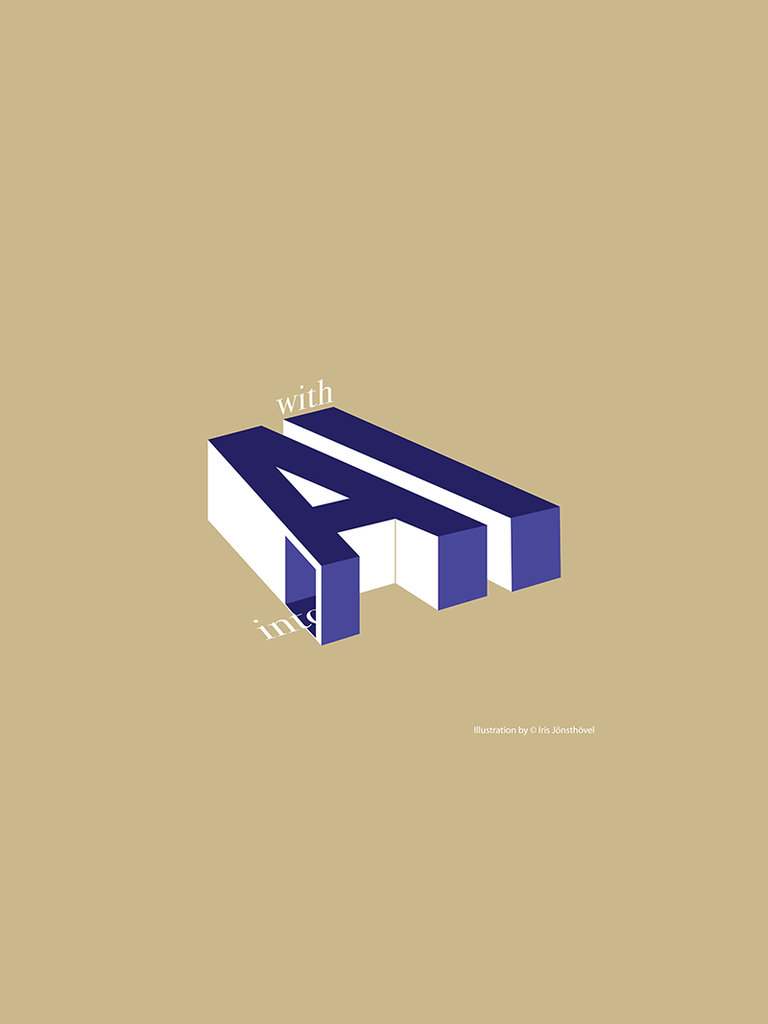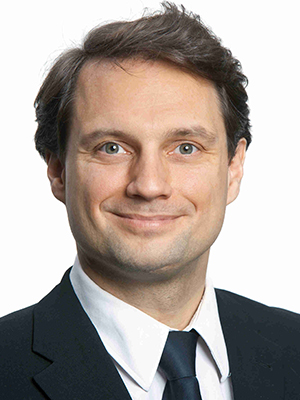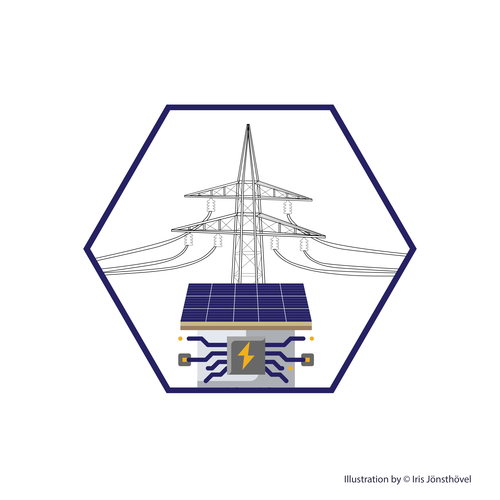
A more secure, smarter and faster route to the energy transition

Peter Palensky

Matthijs de Weerdt
By 2050, almost all of our energy needs to originate from renewable, carbon-neutral sources. But is our electricity grid up to it? The smart systems that Prof. Peter Palensky and Dr Mathijs de Weerdt are working on aim to prevent problems and help make a faster transition possible.
TU Delft is using AI to conduct research into the adaptations required to prepare our existing electricity grid for the energy transition. For that purpose, Palensky, professor of intelligent electric power grids, is developing a digital twin: a digital version of our electricity grid. He is using it to explore how the dynamics of the electricity grid change if you add large wind farms to it, for example, and what adaptations will be needed in order to prevent power outages and so on. Palensky: “TU Delft is a pioneer in this field and that’s partly thanks to collaboration with grid operators. We improve smart systems like the digital twin based on real-time data and they benefit a lot from our knowledge.”
For effective management in the past, it was enough for grid operators just to map out all the infrastructure. But demand for electricity is increasing because transport and industries are rapidly switching over to electric sources of energy. Supply is also becoming more dependent on fluctuating solar, hydro and wind power. Because of the energy transition, there are also millions of new (private) electricity producers, causing the demand experienced by traditional producers to become more erratic and difficult to predict. Predicting the impact of the energy transition, against the backdrop of changing demand, supply and distribution of electricity, will require smart technology. Palensky: “AI enables us to analyse more effectively, faster and more securely and generate solutions."
Flexible use
The algorithms required for this are being developed by Dr Mathijs de Weerdt, associate professor in algorithms for planning and optimisation and chair of the Dutch AI Coalition task force on the theme of Energy and Sustainability. He focuses on planning and optimisation. De Weerdt: “In the past, coal-fired power stations increased output when demand peaked. It was flexible production. But flexible use is much more efficient. Algorithms can make that possible." Take electric cars. If all of the cars in a neighbourhood start charging when the drivers get home at 6 PM, demand peaks. De Weerdt: “It makes more sense to schedule the charging at a time when demand and the price are low. This is possible with the help of smart systems in the cars and in the network.”
Shift in thinking
This shift in thinking raises a lot of new questions: how do you organise the transparent, centralised planning of supply and demand and how do you ensure that consumers are not negatively affected by it? You want to avoid that one car at the end of the street is always being charged just when it’s too late. De Weerdt: “I start by looking for flexibility that has minimal impact on people, such as those electric cars. And demonstrating that it’s effective. We then address the other examples.”
Pace of innovation
The energy systems of the future are complex and surrounded by uncertainty. The investments required are hefty. Both Palensky and De Weerdt are convinced that AI will enable TU Delft to reveal the potential, provide direction and come up with solutions. Palensky: “We are capable of developing AI that is manageable, secure and controllable by people. But our pace of innovation is ahead of political decision-making. That’s worrying.”
Smart regulation
Because of the major reliance on electricity, the smart systems will not only need to optimise the power supply, but also keep society and its citizens happy. That calls for smart regulation in addition to smart technology. De Weerdt: “AI will help us to sustain our high standard of living. Of course, that also requires a strong government that makes it possible for the companies to adopt a flexible approach to energy."
